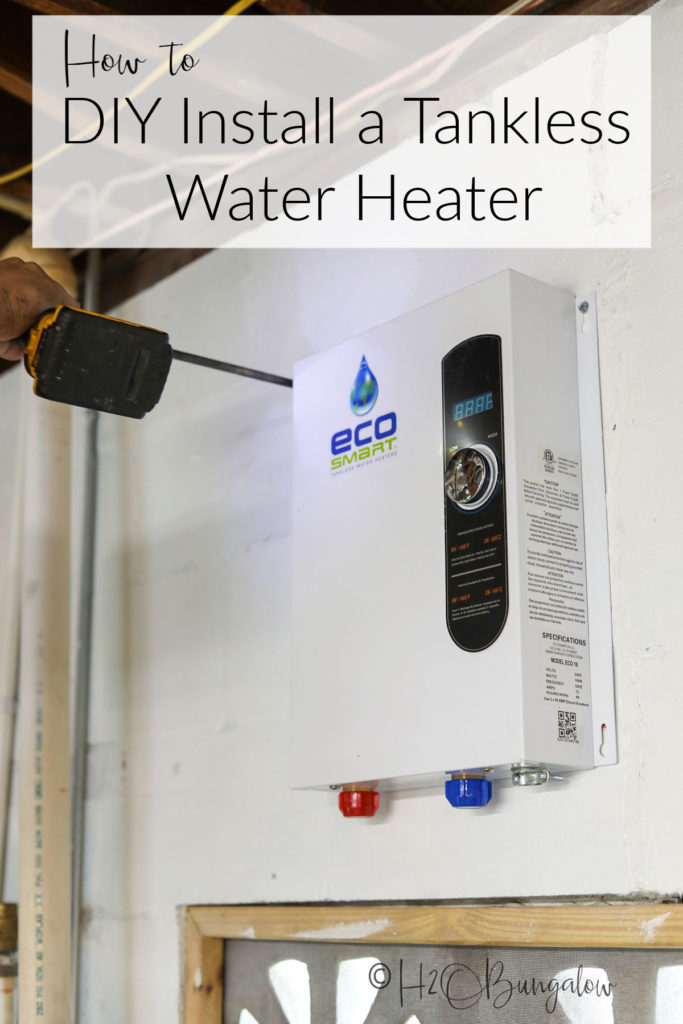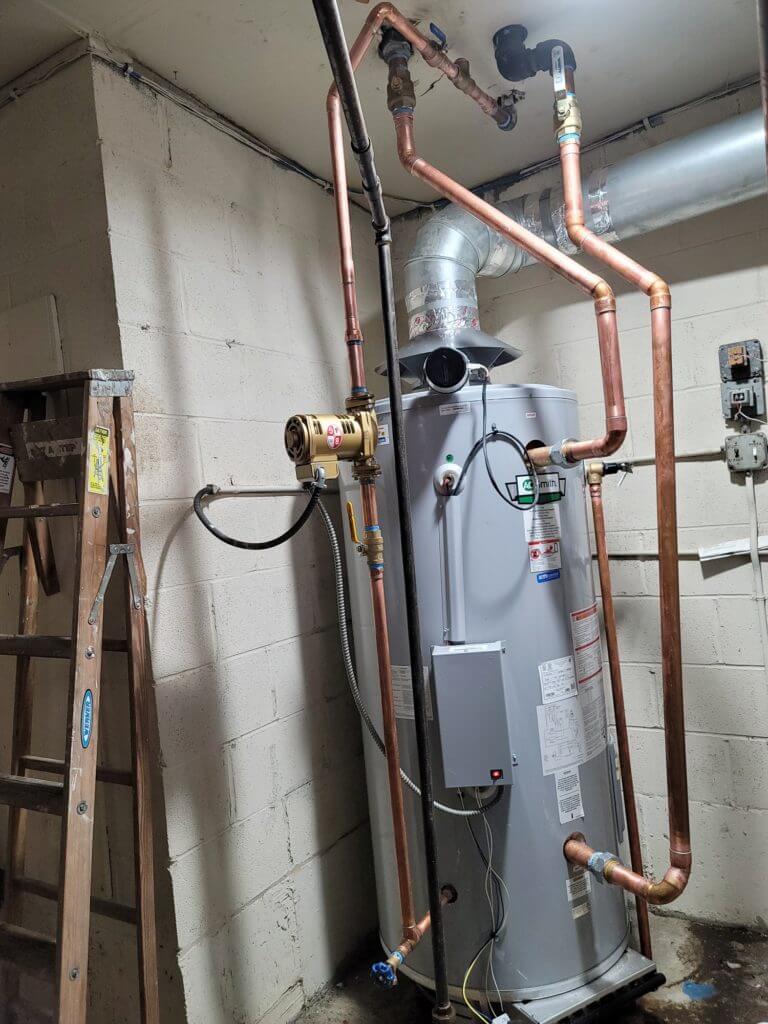Prompt water heater installation in Buena Park with customer satisfaction
Wiki Article
DIY Water Heater Installation: Crucial Steps for Success
When considering a Do it yourself water heater setup, it is vital to approach the task with a methodical state of mind, as the procedure includes numerous vital steps that can significantly affect both security and performance. Selecting the appropriate water heater for your specific needs is just the beginning; preparing the setup area and recognizing the needed devices and products are similarly crucial.Choosing the Right Water Heater
When selecting a hot water heater, it is important to think about several essential variables to make certain optimum efficiency and effectiveness - water heater installation Yorba Linda. Firstly, examine the type of water heating unit that best matches your needs. Options include tankless, storage space tank, and heatpump hot water heater, each offering distinctive advantages in regards to power effectiveness and area needsA larger family may require a system with a greater gallon capacity or a tankless system that can give constant warm water. Each energy kind has implications for installation prices and long-lasting power costs.
Energy efficiency is one more essential variable. Look for units with a high Energy Aspect (EF) rating, as these models eat less energy and can significantly decrease energy bills. Furthermore, check for service warranties and brand name integrity, as these can show the durability and maintenance requirements of the device. By carefully examining these aspects, you can pick a water heater that aligns with your household's specific needs, making certain convenience and effectiveness for years to find.
Tools and Products Needed
Effectively setting up a hot water heater requires not just the ideal choice of unit however likewise the proper tools and products. Prior to beginning on your do it yourself task, ensure you have a thorough checklist of items to assist in a smooth installation procedure.
Vital tools consist of a monkey wrench, adjustable pliers, and a screwdriver collection (both flathead and Phillips), which will certainly help you take care of numerous fittings and links. Additionally, a drill with ideal little bits is necessary for mounting braces or making any type of required openings. For safety and security, a voltage tester is important, especially when handling electrical water heating units.
When it comes to materials, get Teflon tape to make sure leak-proof connections on threaded fittings. You will certainly also require a flexible water supply line, which can be either knotted stainless-steel or PVC, depending upon your choices and regional codes. Don't forget to stock up on fittings, such as arm joints and couplings, to link the plumbing firmly. A pan or drip tray can help handle any prospective leakages, providing an added layer of security. By gathering these materials and tools in advance, you set the phase for an effective hot water heater installation.
Planning For Installation
Prior to beginning the setup of your water heater, it is essential to analyze the setup website to ensure it meets all needed demands. Beginning by verifying that the location is well-ventilated, especially for gas hot water heater, to protect against the accumulation of damaging gases. Look for the availability of needed connections, consisting of water lines and electrical outlets, ensuring they remain in excellent problem and appropriately located.
Additionally, inspect the existing pipes and electric systems to determine if repairs or upgrades are needed before setup. This positive approach not only ensures conformity with neighborhood building codes yet likewise improves the long life and efficiency of the hot water heater. Last but not least, gather all called for licenses, if essential, to stay clear of lawful complications later on. Appropriate preparation sets the phase for a smooth installation process and helps stop unforeseen issues.
Step-by-Step Installation Refine
With the prep work total and all required evaluations performed, the following stage involves the detailed installment of your water heating unit. For tank-type water heating units, link the chilly water supply line to the inlet, commonly noted in blue, and the warm water line to the outlet, typically marked in red.Next, safeguard the temperature and stress alleviation valve, which is essential for safety. Affix the discharge pipe to this valve, directing it in the direction of the floor or an ideal drainage location. For electrical versions, link the power supply by stripping the cables and protecting them to the heating system's terminals according to the producer's guidelines.
If you are installing a gas hot water heater, make sure the gas line is attached effectively and look for leaks using a soap service. Connections are made, fill up the storage tank with water prior to transforming on the power or gas supply. Finally, allow the water heater to get to the preferred temperature level and look for any type of leaks around all links.
Ensuring Safety And Security and Performance
On a regular basis guaranteeing safety and security and effectiveness during the setup and operation of click this your hot water heater is important for ideal efficiency and durability. Begin by picking an appropriate area that follows regional building ordinance and supplies appropriate air flow. Ensure that the location is devoid of flammable products and has enough room for maintenance and evaluations.
After installation, conduct routine look at the device to find leaks, rust, or uncommon noises. Establish the thermostat to a secure temperature, normally around 120 read this ° F, to stop hot and improve energy effectiveness. Insulate pipes to minimize warm loss, which adds to decrease energy expenses.
Conclusion
In final thought, effective DIY water heater installation hinges on careful planning and execution. Choosing the proper water heater, preparing the setup area, and adhering to a systematic installation procedure are critical actions.When considering a DIY water heating unit setup, it is essential to approach the job with a methodical state of mind, as the process entails a number of find out this here vital steps that can substantially affect both safety and performance.Before beginning the installation of your water heating unit, it is important to evaluate the setup site to ensure it meets all needed needs. For tank-type water heating units, connect the chilly water supply line to the inlet, usually noted in blue, and the hot water line to the outlet, typically assigned in red.On a regular basis making certain safety and efficiency throughout the setup and procedure of your water heater is vital for optimum performance and longevity. Choosing the proper water heating system, preparing the installation area, and complying with a methodical setup procedure are important steps.
Report this wiki page